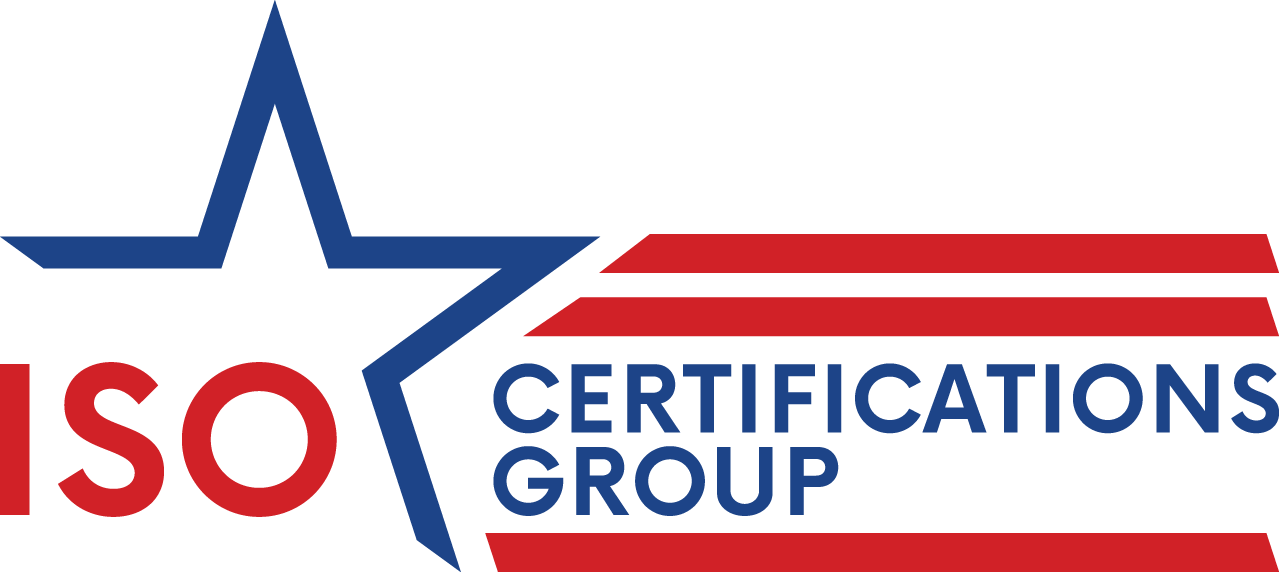As a certification body, our team at ISO Certifications Group will often discuss various ISO standards, their benefits, and the process of achieving compliance. However, sometimes the certification process can take longer than expected due to anything from missed nonconformities to unfamiliarity with certain requirements.
Failed certification audits can happen, but they aren’t the end of your journey to compliance. It’s important for organizations to reflect and learn from their failure rather than giving up, building upon it for improvement and eventual certification.
If you’ve just failed an ISO certification audit and aren’t sure where to go from this point, we have a list of helpful steps to get you back on track. Let’s dive in.
The Next Steps After A Failed Certification Audit
Identify Root Causes
Understanding why an audit was unsuccessful is the first step toward improvement. Identifying the root causes requires a thorough analysis of potential shortcomings, such as non-compliance with specific ISO standard requirements, gaps in documentation, or inconsistencies in implementation processes. Logistical issues, such as the absence of the key personnel responsible for maintaining compliance, can also contribute to unfavorable audit results. By conducting a detailed assessment, organizations can uncover critical insights that will inform effective corrective actions.
One common reason audits fall short is the lack of clearly defined objectives and targets. Auditors actively look for documented goals that demonstrate an organization’s commitment to continuous improvement. Without them, compliance efforts may appear unstructured or insufficient. Another contributing factor is an inadequate internal audit process. External auditors expect to see self-audit results that confirm systems and procedures are functioning as intended. If internal audits are weak or reveal system failures, it can negatively impact the overall audit outcome. While an unsuccessful audit can feel discouraging, it should be viewed as an opportunity for growth rather than failure. Audits serve as a valuable tool for refining processes, ensuring compliance, and strengthening an organization’s management system.
Making Changes: Corrective & Preventive Actions
Once the root causes have been identified, the next step is to develop a detailed corrective action plan. This plan should outline specific steps to address deficiencies, enhance processes, and ensure compliance with ISO standards. Assign clear responsibilities to team members and set realistic timelines for implementation. Effective corrective actions require collaboration, accountability, and a commitment from all levels of the organization to drive meaningful improvements. After implementing corrections, it is crucial to communicate these changes to your team to prevent future instances of non-compliance.
If an auditor identifies nonconformities, the auditing body typically allows organizations to rectify the issues and provide evidence of corrective actions. If these corrections meet the required criteria, the audit status can be updated to compliant. While an unsuccessful audit may initially seem discouraging, it is important to view it as a learning opportunity. With prompt corrective measures, recovering from audit findings can be a manageable and constructive process.
Utilize Consultants & Conduct Internal Audits
Recovering from an unsuccessful audit can be challenging, especially if you’re uncertain about the next steps. This is where third-party consultants can provide valuable guidance. Their expertise in ISO standards and management systems can help ensure that your organization effectively addresses audit findings and moves toward a successful certification audit.
Once corrective actions have been implemented, the next step is to prepare for reassessment. Conducting an internal audit is essential to verify that all issues have been resolved and that your organization is fully compliant with ISO standards. To further strengthen your readiness, consider contacting an external auditor, such as ISO Certifications Group, for a pre-assessment audit. This additional review can help identify any remaining gaps and ensure a smoother path to certification.
Conclusion: Learn and Adapt for Success
Yes, failing a certification audit can be a setback, but it is not the end of the road. By identifying root causes, implementing corrective actions, and utilizing expert guidance, organizations can turn an unsuccessful audit into a valuable learning experience. With a proactive approach and a commitment to continuous improvement, achieving ISO certification remains within reach.
At ISO Certifications Group, we understand the challenges of the certification process and are here to support you every step of the way. By taking the right corrective measures and ensuring compliance through internal audits and expert reviews, your organization can confidently move forward toward successful certification.
Contact ISO Certifications Group today to begin your journey to certification, or learn more about our pre-assessment auditing services.

